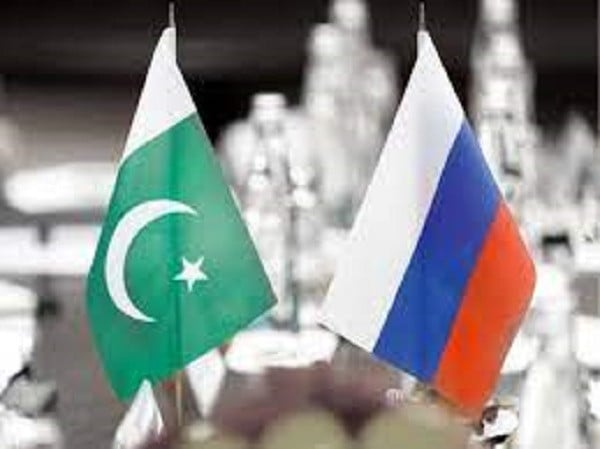When non-Chinese navies send warships on undeclared passages through the Taiwan Strait, they may be achieving exactly the opposite of what they want. Instead of asserting that China does not own it, it’s likely that they are unwittingly cooperating in Beijing’s attempts at normalising its assertion of jurisdiction.
China quietly escorts these foreign ships in the strait and probably does so to present an appearance of the waters being uncontested. This contrasts with its behaviour in clashes with the Philippines over maritime territory. In those cases, China is militarily aggressive and diplomatically loud to force a jurisdictional outcome in its favour.
China also tries to present an appearance of sovereignty when it deploys warships in waters all around Taiwan, not just the strait. It has stepped up this activity since the then-speaker of the US House of Representatives, Nancy Pelosi, visited the island in August 2022.
According to the Taiwanese defence ministry, an average of 4.4 Chinese warships were seen around the island on any day in 2022. That rose to 5.2 in 2023 and 6.9 so far in 2024. Deployment surges have become more common: at least 10 ships, almost half as many as are operational in the entire Taiwanese navy, were in waters around the island for 6.6 percent of days in 2023, rising to 10.1 percent in 2024. (See the chart, below.)
In the strait, there have been at least 18 transits of non-Chinese naval vessels since August 2022, some unpublicised.
Although one might expect fierce Chinese harassment of foreign warships in the strait, reminiscent of manoeuvres in the Second Thomas Shoal in the South China Sea, significant confrontations have seldom occurred.
Moreover, China has not responded even by sending out more vessels when foreign warships appear, even though it usually holds press briefings to oppose the passages. Instead, its standard response is just to send ships that are already in or close to the strait to track the foreigners. It acts similarly on the far side of Taiwan, too.
Taiwan’s own allies and partners unintentionally help to create the appearance of Chinese sovereignty. When they send ships silently through the strait, they give more evidence of China’s claim being uncontested, whereas by declaring a freedom of navigation exercise they make the distinct point that it is not.
If China can exploit an image of foreign acquiescence in its authority over the strait, it can progressively promote its sovereignty as an accomplished fact. This will also involve eroding Taiwan’s claim to the eastern side of the median line.
At the Second Thomas Shoal, the Philippines actively contests China’s claims by maintaining an outpost on the grounded landing ship BRP Sierra Madre. China is attempting to prevent the Philippines from delivering construction materials to the ship. China’s aim is apparently to let it deteriorate and ultimately collapse due to lack of maintenance.
The Taiwan Strait lacks artificial features occupied by countries other than China.
China’s claim to the strait appears to be based on its claim to own the land on the other side, Taiwan. Since other countries do not overtly dispute that Taiwan is part of China, preferring to leave the issue vague, Beijing is evidently hoping that its control of the waters can be normalised.
Opposition to Chinese assertions of control over the strait are based on the United Nations Convention of the Law of the Sea, which limits territorial waters to 12 nautical miles (22km) from land. The width of the strait is 130km at its minimum.
Occasional incidents in the strait accord with China’s presentation of it as uncontested. In February, a Chinese fishing vessel capsized near Kinmen. In July, a Taiwanese fishing boat was detained by the China Coast Guard. In both cases, the coast guard vessels were merely ‘present’ and conducting ‘their own missions’ without engaging in fierce clashes with Taiwanese coast guard. Nor has China obstructed sea or air transportation between Taiwan and Kinmen to date.
The image that Beijing wants the world to see is that the strait is under China’s serene jurisdiction. Other countries should use their navies to loudly say that it is not.

Chart: daily numbers of Chinese naval ships in the Taiwan Strait, with annotations showing dates of non-Chinese ships’ passages through the strait.





